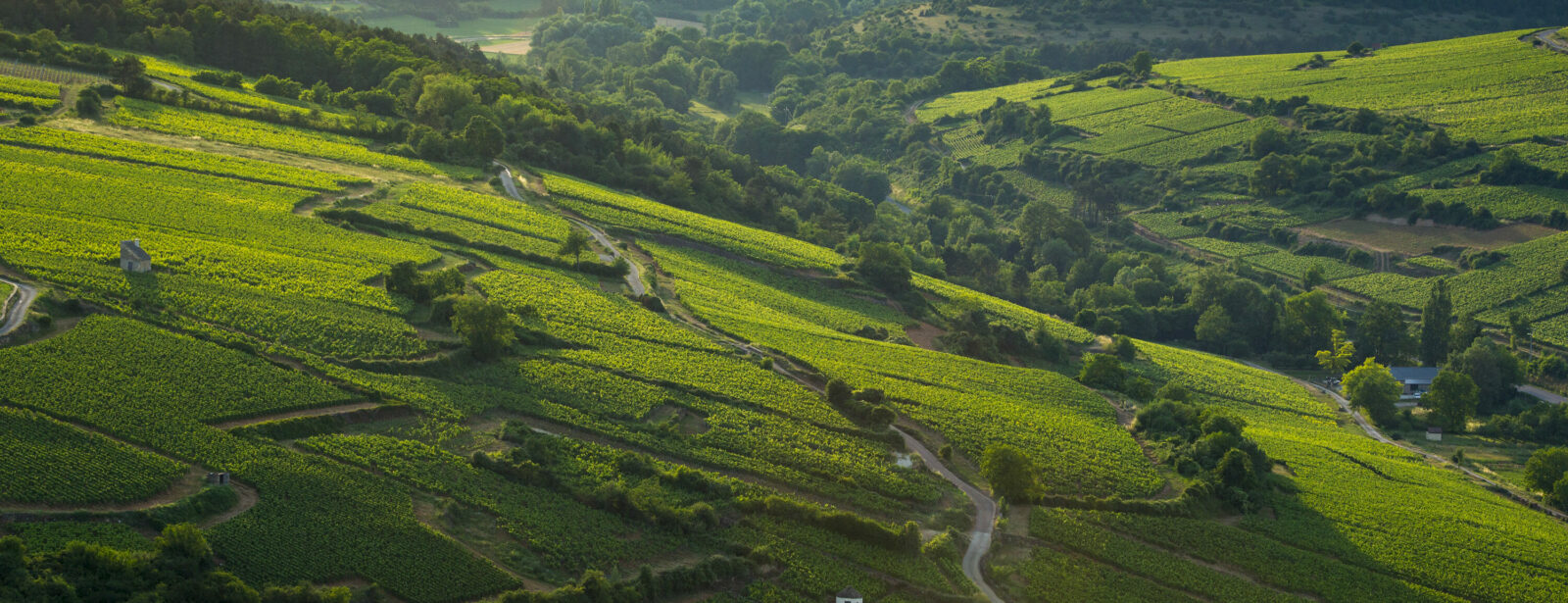Pommard
1er Cru Epenots


The season begins with a mild and dry winter, leading to an early start to the growing cycle. A significant episode of frost occurred on the Chardonnay on April 5 then on the Pinot Noir on April 14, causing a harvest loss (30% to 50%). A cooling at the beginning of June leads to capricious flowering. This causes runoff and further reduces yields while concentrating the aromas. The hot summer induces water stress in certain places which delays the maturity of the grapes. Because the berries are small and few number, the sugar level in the grapes is naturally high but the lack of water helped maintain good acidity.
Vineyard
The terroir, big enough for the village of Pommard, was set up by the monks from Cîteaux. Next to Beaune, it grows on clayey and limestone soils with a low slope. In this context, the ripe grapes express power, with a rustic touch when the wine is young. It's a worth keeping terroir. The grapes are purchased in the area of Les Grands Epenots.
Wine-Growing method : Sustainable
Harvest: 100 % manual
Sol : Calcareous clay



Vinification
100% Pinot Noir
At their arrival in our cellar, the grapes are carefully sorted in order to keep only the healthy grapes at an optimal ripeness.
100 % destemmed grapes
Alcoholic fermentation in open vats: 19 days
17 months (with 4 months in stainless steel tank)
100 % oak barrels (30% new oak)
13,5% vol.
Tasting
Tasting note
Pinot noir with aromas of blackberry, blueberry, pepper, a solid but delicate structure. It is considered as the softest of the A.O.C. Pommard.
Food pairings
Ideal with red meat such as beef, game animals or game birds and strong cheese.

temperature
17-19°C

2022-2034
